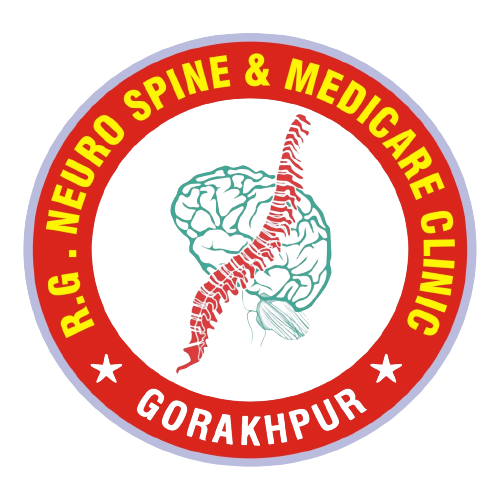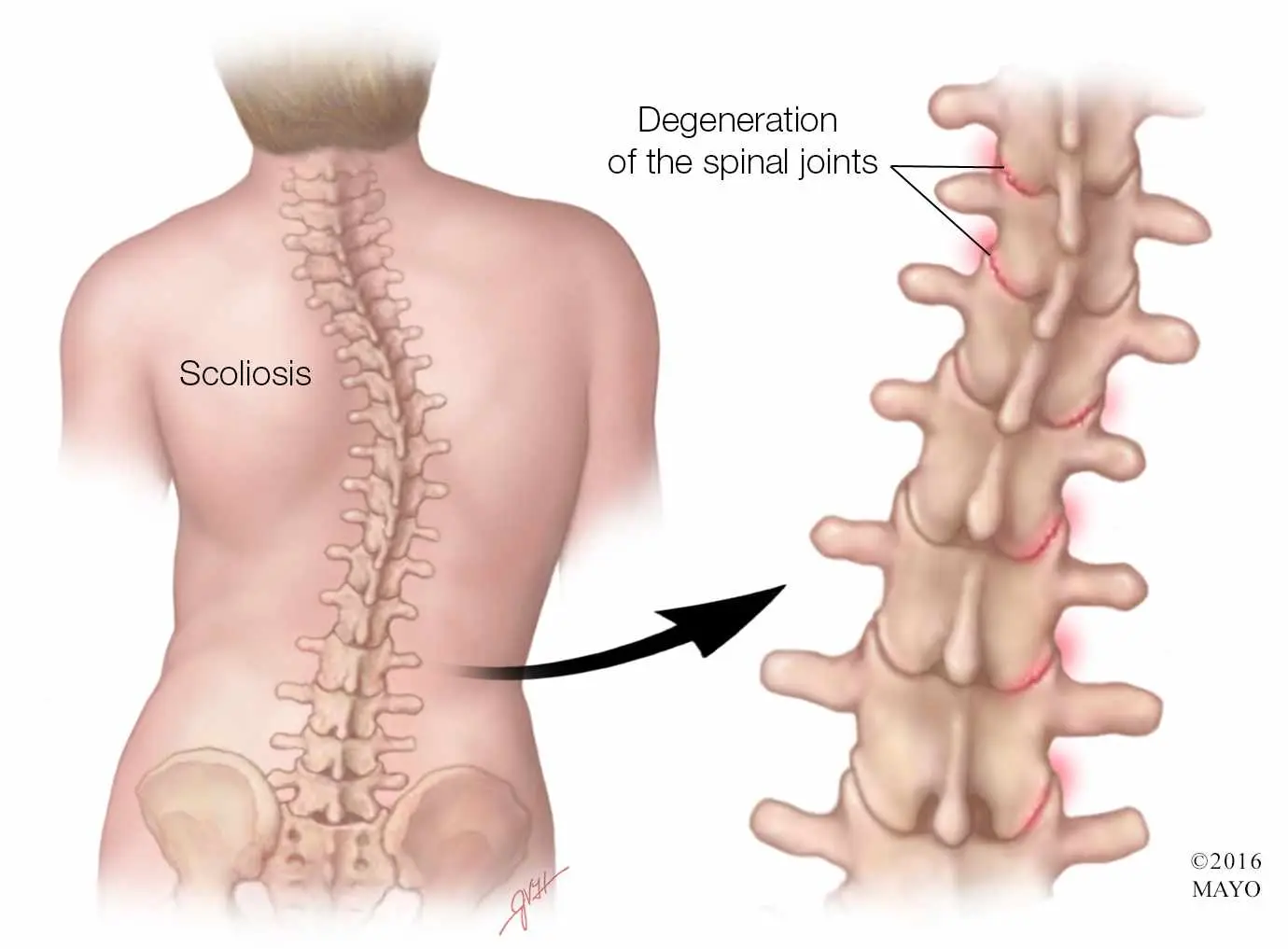Scoliosis
Causes
Health care providers don’t know what causes the most common type of scoliosis — although it appears to involve hereditary factors, because the disorder sometimes runs in families. Less common types of scoliosis may be caused by:
- Certain neuromuscular conditions, such as cerebral palsy or muscular dystrophy.
- Birth defects affecting the development of the bones of the spine.
- Previous surgery on the chest wall as a baby.
- Injuries to or infections of the spine.
- Spinal cord irregularities.
Symptoms
- Uneven shoulders.
- One shoulder blade that appears more prominent than the other.
- Uneven waist.
- One hip higher than the other.
- One side of the rib cage jutting forward.
- A prominence on one side of the back when bending forward.
With most scoliosis cases, the spine will rotate or twist in addition to curving side to side. This causes the ribs or muscles on one side of the body to stick out farther than those on the other side.
Treatment
There are three proven ways to manage scoliosis — observation, bracing, and surgery. The doctor will recommend one of these methods based on the severity of the scoliosis and the child’s physical maturity. These features predict how the scoliosis should behave during the child’s growing years and as an adult
Diagnosis
The majority of these children are diagnosed between the ages of 10 and 15 with adolescent idiopathic scoliosis. Identifying idiopathic scoliosis at birth or in early childhood is rare. The type of scoliosis is generally categorized by age at onset of diagnosis: Infantile idiopathic scoliosis, from birth to 3 years old.

